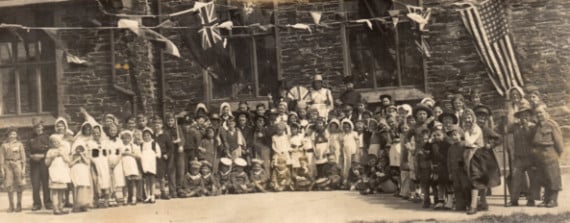A new series of conversations about the Manx past has been released online.
The oral history interviews, carried out since January, has just been uploaded on the Culture Vannin website.
The interviews offer first-hand stories of the Isle of Man’s history from the 1920s through to the present day.
The online and educational resources officer at Culture Vannin, James Franklin, said: ’The stories of people’s lives on the Isle of Man are incredibly important.
’They tell us something that newspapers or history books could never. They give us a sense of who the island’s people are and what their lives are like.’
He added that the interviews offered many interesting insights into well-known parts of Manx history, such as the Winter Hill air disaster or First World War internees working on Manx farms.
He suggested that more interesting were some of the more unusual stories, which would be lost but for these recordings.
Hampton Creer recalls the Cooil sports days with its ’motorbike jousting’ event, which Mr Franklin said was as dangerous as the name suggested.
Keith Teare speaks of the Second World War veteran suffering post-traumatic stress disorder, who lived in a tholtan under a tarpaulin.
Robert Cubbon shares his memories of when Castle Rushen High School’s cricket pavilion was the geography room, and participants had to leap out the window to go to bat.
Other interviews includes those with Walter Mills, recently retired owner of the Ramsey Joke Shop, and Linda Cauldfield, better known as her stage name, ’Little Miss Dynamite.’
One of the surprising elements in these recordings is the large amount of folklore, which ranges from the traditional Manx superstition against bringing daffodils into the house, through to first-hand accounts of burning ’witches’ off farmland on May 1 and experiencing a curse received from reusing wood from the chapel.
’These sorts of stories are incredibly important to have captured,’ said Mr Franklin.
’Not only are they important historically, but they offer both us and future generations a way to connect to the stories and lives of the people and places of the Isle of Man.’
The interviews are available on the oral history section of the Culture Vannin website: www.culturevannin.im

.jpeg?width=209&height=140&crop=209:145,smart&quality=75)



Comments
This article has no comments yet. Be the first to leave a comment.